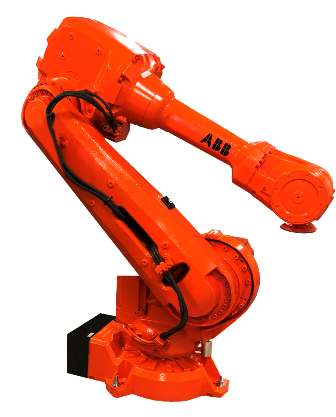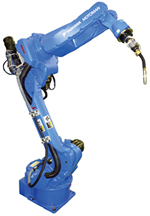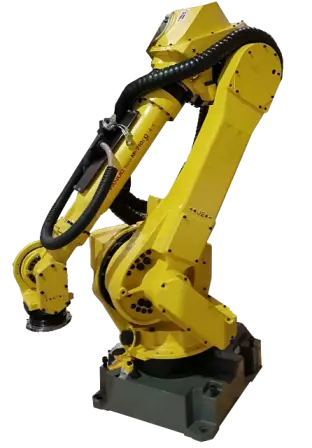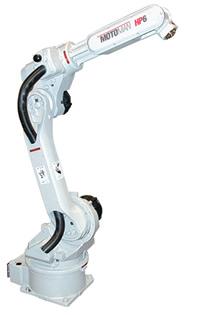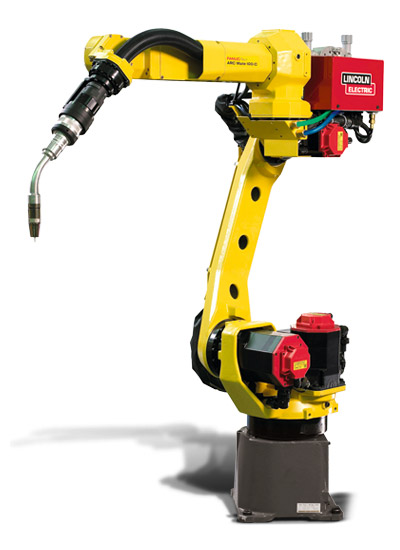Industrial robots are vital to many manufacturing processes. They increase product quality, productivity, worker safety, and manufacturing capabilities. Companies automate using industrial robots because robots allow production lines to operate smoothly around the clock without stoppages. Well-maintained robots can operate for several years to even several decades, making them a smart long-lasting investment. However, even well-maintained robots are not immune from needing repairs every once in a while. Having a spare robot on-hand is important for preventing long stoppages or production delays when a main robot goes down.
When a robot suddenly starts malfunctioning or is unable to operate altogether, it can be costly to the manufacturer. Not only do manufacturers experience costs related to the repair of an industrial robot, but also with productions stalling due to the robot being unable to operate. This is true whether it’s a manufacturer with just one robot or one with multiple robots. While robots do increase productivity, even a multi-robot operation will experience decreased productivity when one of the robots goes down. Less productivity can lead to less revenue for a business and disrupt an efficient production line. The longer a robot is out of operation, the more costs will start to add up for manufacturers.
For instance, a FANUC M20ia may be used to transfer parts to a work station where a FANUC LR Mate 200id then assembles the parts. If the M-20ia breaks down, it is no longer able to feed parts to be assembled by the other robot. The manufacturer would face having to stop operations until the robot is repaired or having to use a worker to feed parts, which would be significantly slower and less productive overall. If the manufacturer had a spare M20ia available, then it could easily be swapped in for the down robot and operations could resume quickly with little disruption. The manufacturing process would be able to continue while the other robot is being repaired. Continuing operations would also help to offset the cost of the repair since productivity would remain high causing no significant changes in revenue.
For those that are interested in purchasing an industrial robot to have on-site as a spare, buying a used robot is a cost-effective option. Second-hand robots typically cost between 40% to 60% less than a new robot. In addition, those who currently have older robot models may be able to find the same or similar models that will be compatible with their current robotic system. Robots Done Right specializes in used robotic equipment and can help you find a spare robot that will suite your needs.
